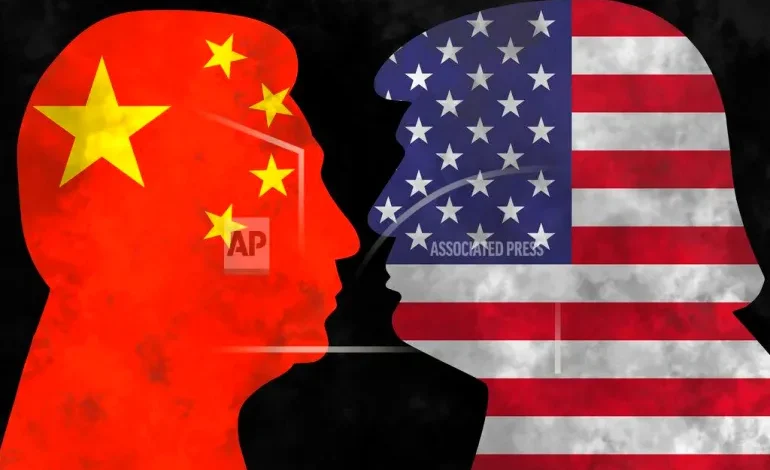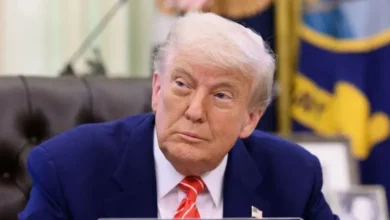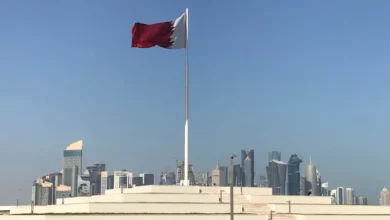In the wake of new tariffs, how are US-China trade talks going?

President Donald Trump has unveiled new reciprocal tariffs on imports from dozens of countries, ranging from 10 percent to 41 percent, forging ahead with his efforts to reshape international trade.
On Thursday, the White House issued a statement entitled “Further Modifying the Reciprocal Tariff Rates”, in which some 69 trading partners and their respective “adjusted” tariff rates were listed.These are changes to import levies since the tariffs announced on April 2 (and later paused until August 1), the day Donald Trump referred to as “Liberation Day”. Rates have dropped for most countries, but not all. Most of the new tariffs will go into effect on August 7.
Imports from roughly 40 countries will face a new 15 percent rate on goods they export to the United States, while other nations’ products will be hit with higher duties. The United Kingdom and Australia will pay 10 percent.How are US-China trade talks going?
Top officials from the US and China failed to agree on extending a 90-day pause on tariffs on Tuesday during the latest round of talks held in Stockholm, Sweden.
Any renewal of the pause, which is due to expire on August 12, will ultimately be up to Trump, US Treasury Secretary Scott Bessent said.
The talks, which took place in Rosenbad, the seat of government where the Swedish prime minister’s office is located, were aimed at defusing a new trade spat between the world’s two biggest economies.It was the third meeting between the US and China since April, at which point the two sides had slapped each other with tariffs exceeding 100 percent in an escalating trade war.
On May 12, the two agreed a 90-day tariff pause in Geneva, easing a costly logjam which had upended trade. During the pause, US tariffs have been reduced from 145 percent to 30 percent, and Chinese duties from 125 percent to 10 percent.
But without a new trading agreement in place, global supply chains could face renewed turmoil if US and Chinese tariffs restart at triple-digit levels that would amount to a bilateral trade embargo.
What happened at the Stockholm meeting?
After the meeting, China’s deputy commerce minister, Li Chenggang, said both sides were “fully aware of the importance of safeguarding a stable and sound China-US trade and economic relationship”.
He told Chinese media that the two sides had held “candid and constructive exchanges”.
For his part, Bessent told reporters at a briefing on Tuesday that the US had built momentum with recent US agreements with Japan and the EU. He remained sanguine about China.
“Just to tamp down that rhetoric, the meetings were very constructive. We just haven’t given the sign off,” he said.
Bessent stressed that “nothing is agreed until we speak with President Trump”.
The treasury secretary and US Trade Representative Jamieson Greer were due to brief Trump on Wednesday about the Stockholm discussions, he added.
Bessent also said that, given US secondary tariff legislation on sanctioned Russian oil, China could face high tariffs if Beijing continued with its Russian oil purchases.
Similarly, the US recently announced an unspecified penalty for India’s purchase of Russian oil, on top of a 25 percent tariff on Indian exports.What are the central issues in the trade talks?
Technology exports, specifically chips used for artificial intelligence, are understood to have been at the centre of this week’s talks. In particular, US security officials have raised concerns that high-tech American semiconductor chips could be used by China’s military.
In April, Trump was poised to block the export of Nvidia’s H20 chip, which has been designed to comply with Biden-era export curbs. But Trump reversed course following direct appeals from Nvidia Chief Executive Officer Jensen Huang.
In the run-up to this week’s talks, the UK’s Financial Times newspaper reported that Washington had frozen restrictions on technology sales to China to ease negotiations and to avoid retaliation from Beijing in the form of export restrictions on rare earth minerals, as happened in May.










